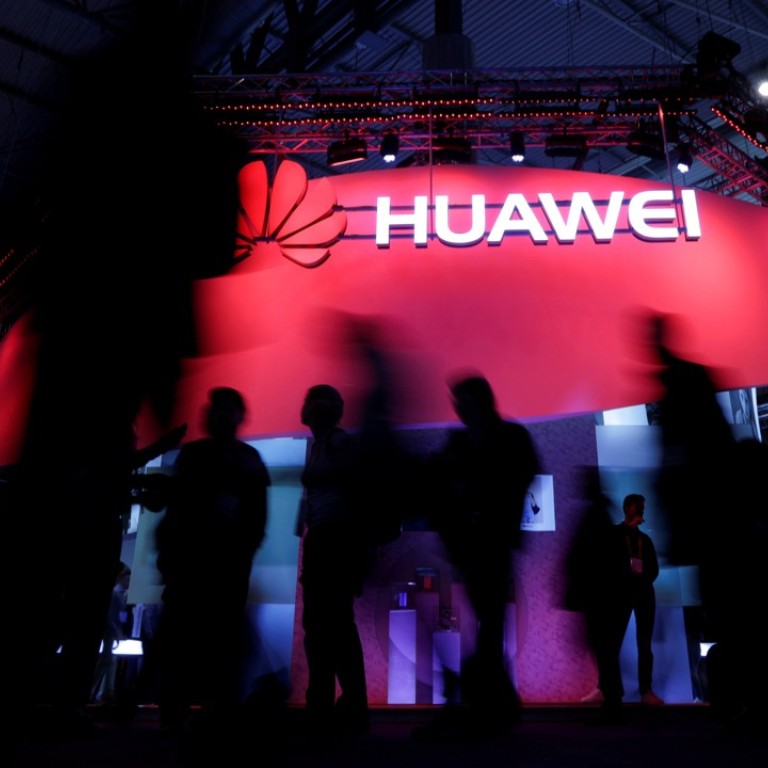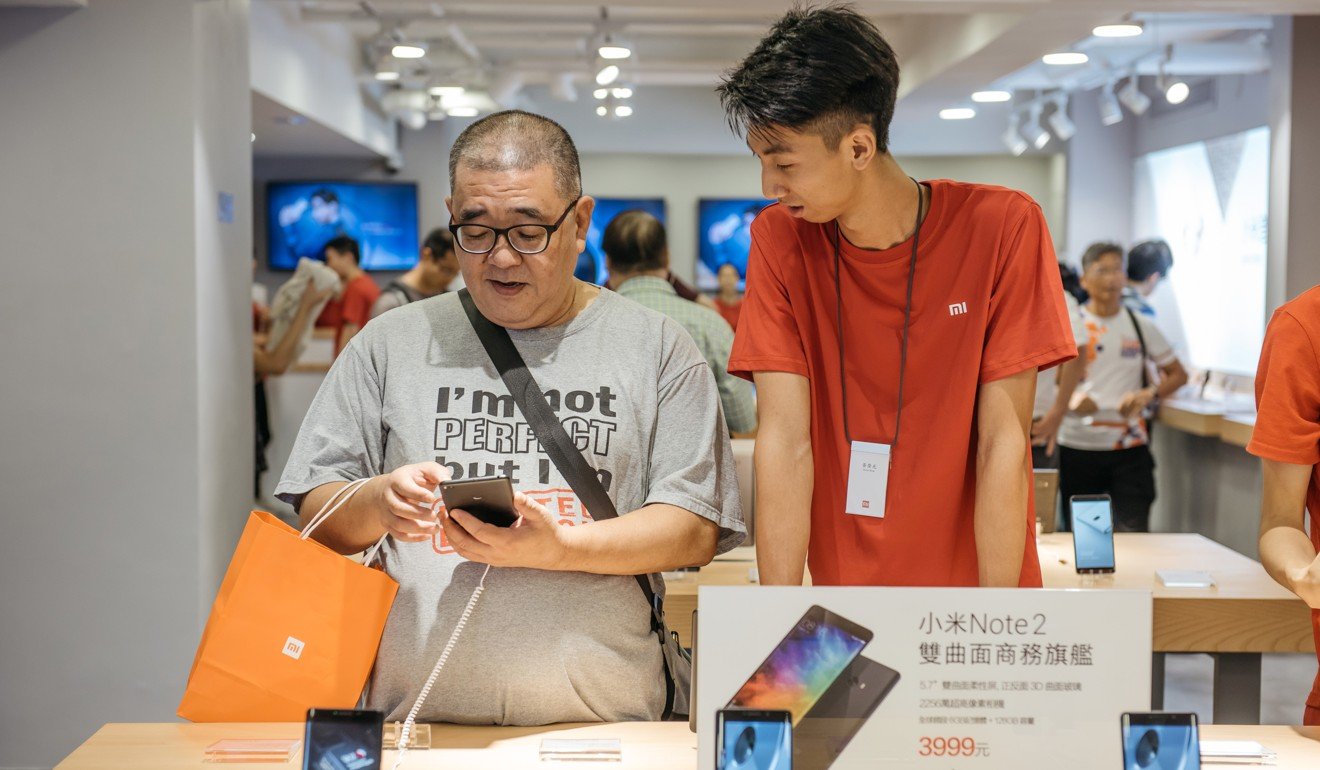
Chinese brands accounted for nearly half of global smartphone shipments in second quarter
Global shipments grew at 3 per cent, reaching 365 million in the period, with Chinese brands achieving a record 48pc share
Chinese brands accounted for nearly half of global smartphone shipments in the second quarter of 2017 as they continued to expand aggressively beyond their home market, according to a report from Counterpoint Research.
Global smartphone shipments grew at 3 per cent year-on-year, reaching 365 million units in the quarter, but the growth of key Chinese smartphone brands significantly outpaced the entire industry, leading to a record 48 per cent share of shipments worldwide, a 39 per cent jump from two years ago, according to the Wednesday report.
Beijing-based Xiaomi has shown the fastest growth among top Chinese brands with its global shipments surging 60 per cent in the period, followed by Vivo’s 45 per cent and Oppo’s 33 per cent.

The growth rates of Samsung Electronics and Apple – the world’s top two smartphone brands – were at 4 and 2 per cent respectively, said Counterpoint Research.
“Chinese brands have been successful in not only cementing their positions at home, but also managing to expand beyond mainland China at the same time,” said Tarun Pathak, associate director at Counterpoint Research.
“These brands will continue to expand their reach beyond China during the second half of this year. India, South Asia and Africa will be their key focus to drive additional scale and market share,” said Pathak.
“The geographic diversification will also help offset any turbulence in the domestic China market, which is increasingly saturated.”
While Samsung and Apple remained the top two players globally, their combined worldwide market share dipped to 33.5 per cent in Q2, from 34.5 per cent a year ago, according to data from Strategy Analytics.
Apple’s iPhone has fallen out of fashion in China and this is placing a cap on its worldwide performance
“Apple’s iPhone has fallen out of fashion in China and this is placing a cap on its worldwide performance,” said Linda Sui, an analyst at Strategy Analytics.
The US tech giant reported better-than-expected quarterly world revenue and profit on Wednesday, but its revenue in China fell 10 per cent year-on-year to just over US$8 billion, marking another quarter of decline for Apple’ business in the region.
“Apple will be looking nervously over its shoulder in the next few quarters. Huawei is outperforming across Asia, Europe and Africa with popular Android models such as the P10 and Mate 9,” said Sui, adding the Chinese maker is rapidly closing its gap with Apple.
According to statistics from Strategy Analytics, Huawei maintained its third position with a record 10.7 per cent global smartphone market share in Q2 2017, up from 9.4 per cent a year ago, while Apple’s market share in Q2 was 11.4 per cent.

